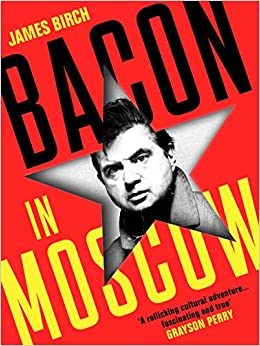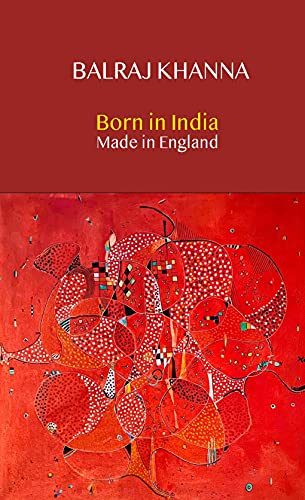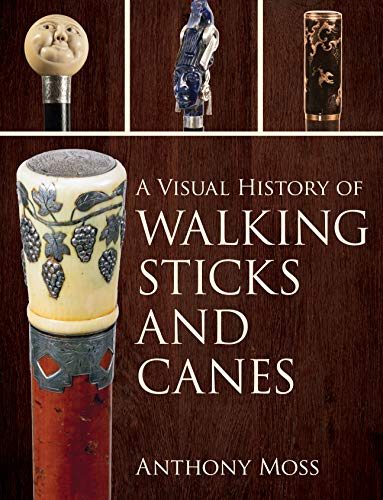
BOOK REVIEW – ‘A Portrait of The Tree’ by Adrian Houston
It might be fair to say that not one of us can ever actually hate a tree, writes Robin Dutt. We admire them for their longevity, the amount of time it takes to grow that wood, those time circles within the trunk that betray years passed, their symbolism and that so tangible spread of branches like alveoli which apparently mimics the spread of the unseen – the top flourishing in light and dark but the roots in perpetual night. Jethro Tull released ‘Songs from the Wood’ decades ago and cleverly showed a stylus and pickup resting on a sliced trunk. ‘I think that I shall never see, a poem as lovely as a tree’ wrote Joyce Kilmer, for the tree, is an architect of its own grandeur and expression. Somehow it terrifies us to imagine the axeman, the saw man felling, whirring with steel-alacrity – even though we might at this moment be reclining on a wood-framed chair, or sitting at a wood-topped desk or even reading the daily paper made from wood pulp. Do we value trees enough? Do we consider the wooden salad servers or pepper mills?
I have a true story which many will appreciate and be saddened by. Some years ago, the house in which I lived was suspected of suffering from subsidence. The relatively obvious cause was the nearby Victorian railway station, created at about the same time that the house was built. But it was the miniature Japanese Prunus tree in the front garden that was immediately blamed for the hairline cracks appearing slowly but surely on the top floor. How its delicate pink blossoms informed the spring. How its iron-winter branches tapped on the window as if a reminder of its presence. And so, said tree was deemed the culprit and had to come down. My letters of protestation were of no avail and half an hour after the municipal butchers arrived with their whirling saws, the tree was gone. A measuring gauge had been installed some time before to track the progress of the subsidence. It continued to move. The tree was after all, not to blame. But the tree was gone.
Adrian Houston has amassed, in this handsome book, portraits of trees and subtitles it, ‘A Celebration of Favourite Trees from around Britain’. So, here we have the familiar English Oak (Quercus robur) to the Copper beech (Fagus sylvatica f. purpurea); the Cedar (Cedrus libani) to Sycamore (Acer pseudoplantanus). Captured in the glory of day or the drama of oncoming dusk, he immortalizes these giants of nature as sculptural entities, their by turns, frenzied and harmonic branches etching variegated skies.
A host of names have been called upon to lend their words and views regarding trees and it is plain from these alone, just how much trees effect our admiration and appreciation. ‘My passion is conservation’, says Houston, ‘and I have been lucky enough to have travelled to some of the world’s most unexplored and inhospitable regions. All of these places have given me a true sense of perspective on why it’s so important for us to take care of nature.’
And he is so right. At this time when the issues surrounding COP 26 are so much at the forefront of discussion and debate, Houston’s book is a timely reminder of how we, as supposed custodians of the planet could or rather, should be thinking our way out of that box of restrictions and destructions. ‘We all need to do our part to protect them and our planet,’ Houston says of our congregation of varied trees.
There is no doubt that trees anchor the soil, are lungs, homes, nature’s umbrellas – and so much more besides. As part of woodlands or forests, they are part of a community and some even believe that they can communicate with one another. Judi Dench regards her trees as ‘part of my extended family’. Joanna Lumley calls Houston’s book ‘beautiful and important.’ Nicholas Coleridge feel ‘blessed’ to have managed to save his holm oak after a lightning strike. It seems that we must be custodians, indeed. The slow, painful (perhaps) growth, year on year of wood, the springing of leaf and blossom…It is a miracle.
One learns so many fascinating facts about certain species, here. The Yew, steeped in myth and lore and a constant presence in many churchyards, can live up to 3,000 years. The Ash in Norse mythology is known as ‘The Tree of Life’. Sculptor, Antony Gormley recalls a friend climbing a tree and asking who would join in calling the spirits. In Houston’s book we can read views by amongst others, Jasper Conran, Alice Temperley, Alan Titchmarsh and the Reverend Lucy Winkett.
Celebrity chef, Raymond Blanc recalls a tree at his renowned Le Manoir. His greatest memory is of when the Queen Mother visited with her entourage and drank champagne and Dubonnet under its spreading shadow.
It is said that nothing could be simpler that planting a tree for the next generation. Why don’t we all do it?
‘A Portrait of The Tree’ by Adrian Houston is published by Greenfinch. £30.








